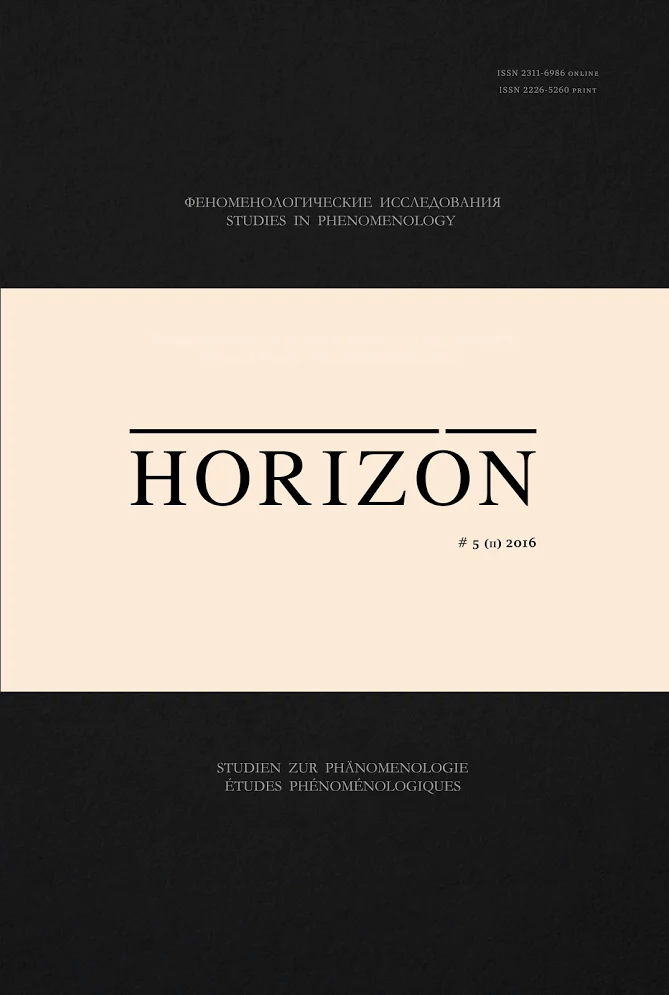НАСТРОЕНИЕ СКУКИ И СОВРЕМЕННЫЙ АВТОРСКИЙ КИНЕМАТОГРАФ. ФУНДАМЕНТАЛЬНО-ОНТОЛОГИЧЕСКИЙ ВЗГЛЯД
НА КИНООПЫТ
THE MOOD OF BOREDOOM AND CONTEMPORARY ART CINEMA. FUNDAMENTAL-ONTOLOGICAL VIEW
ON CINEMATIC EXPERIENCE
Author(s): Alexey BocharovSubject(s): Aesthetics, Film / Cinema / Cinematography, Phenomenology
Published by: Издательство Санкт-Петербургского государственного университета
Keywords: Cinema; cinematic experience; boredom; time; phenomenology; non-intellectual cinema strategies;
Summary/Abstract: This article analyzes the spectator practices as they relate to the strategies of auteur cinema.Traditionally, the viewer experiences in the film are discussed in the context of engagement and clinging. The author tries to actualize a different perspective, associated with the specifics of the contemporary art Cinema – a situation of emptiness, lack of events, in which the audience is bored in the cinema hall. Therefore, the article attempts to justify usage of the phenomenological and ontological philosophical language for film analysis through thematizing the cinematic experience.The specific method is phenomenological reduction, embodied in the act of contemplating the cinematic experience as a phenomenon. Heideggerian analytics of boredom sentiment and the direct experience of contemporary cinema are fundamental for this article. The analysis of Bela Tarr’sfilm “The Turin Horse” demonstrates that the film can cause boredom by means of its unique time technique, as it requests the viewer to remain in its not-clear-how-much-lasting time for excessively long. The viewer finds oneself put in the position of extreme aesthetic, where one is to contact with the film in a blank way, by no means. The viewer is passivated, experiencing the movie through every moment of the present, embracing the film “as a whole”. Due to the long time, through lack of sharpness of thought the bored is both detached and involved. By means of non-public, personal passivity, the viewer is immersed into the cinematic and, therefore, focused on the film “as a whole”,but still dispersed towards putting together the grains of the film: its details, repetitions of everyday situations. Therefore, it is not through reflection, but through the location in the event and affect,through questioning, that the viewer gets closer to the meaning of the film.
Journal: Horizon. Феноменологические исследования
- Issue Year: 5/2016
- Issue No: 2
- Page Range: 226-247
- Page Count: 22
- Language: Russian

